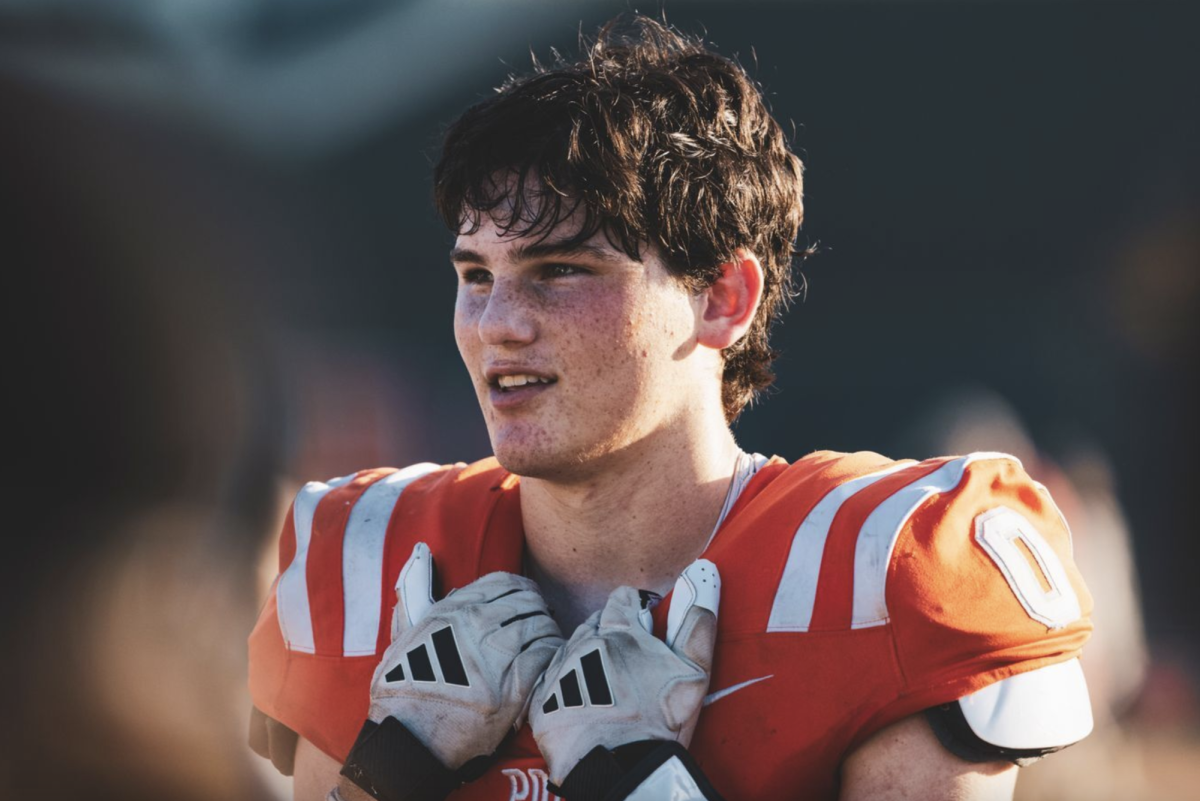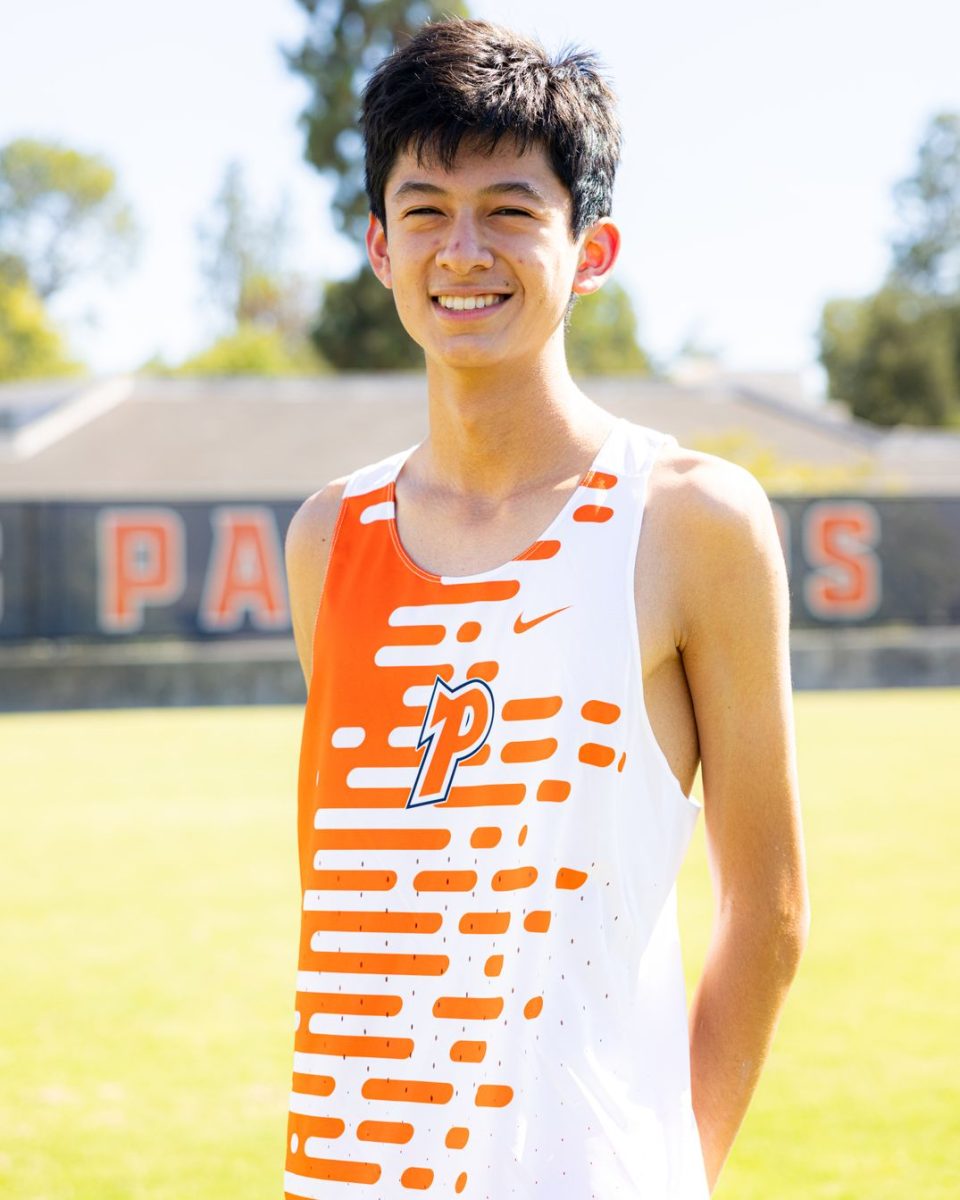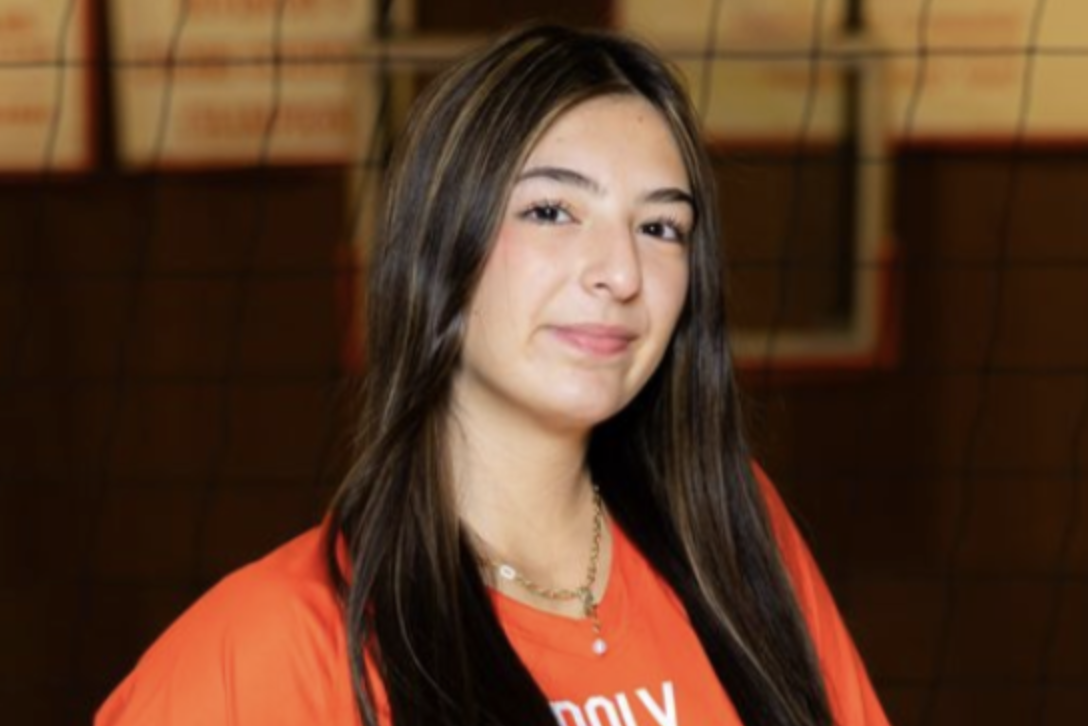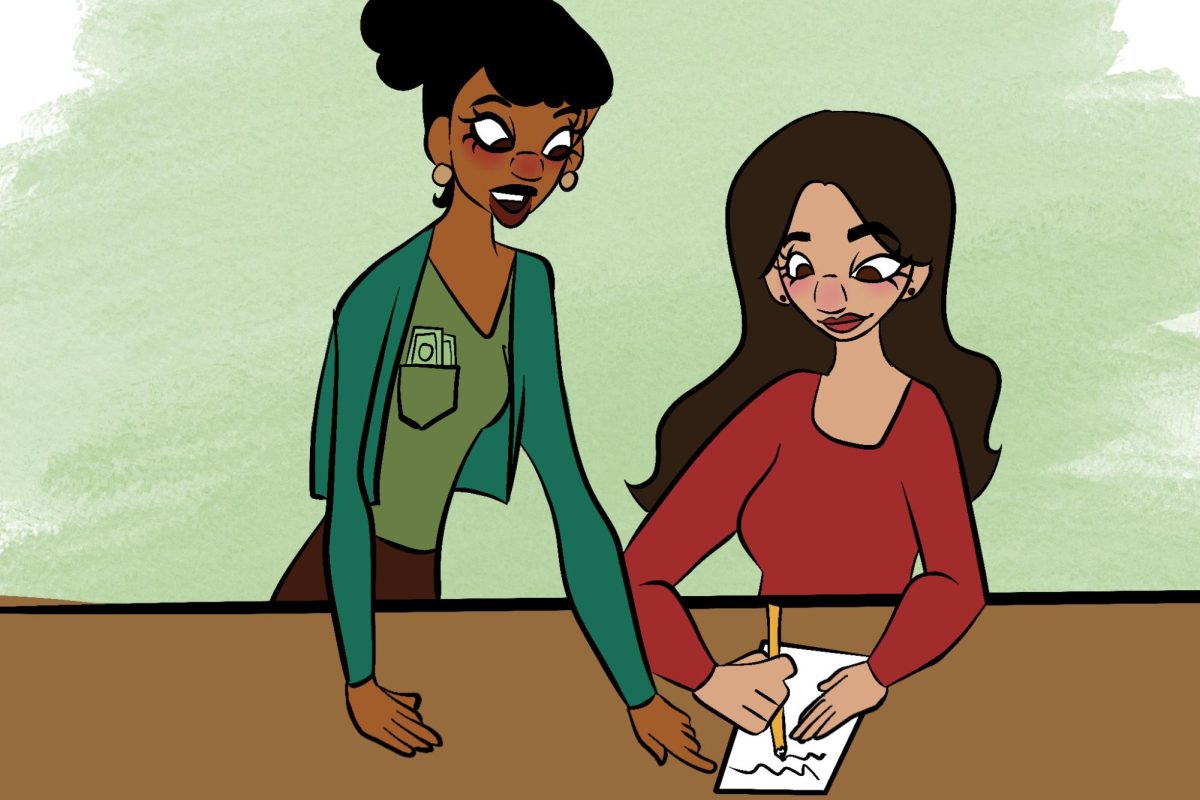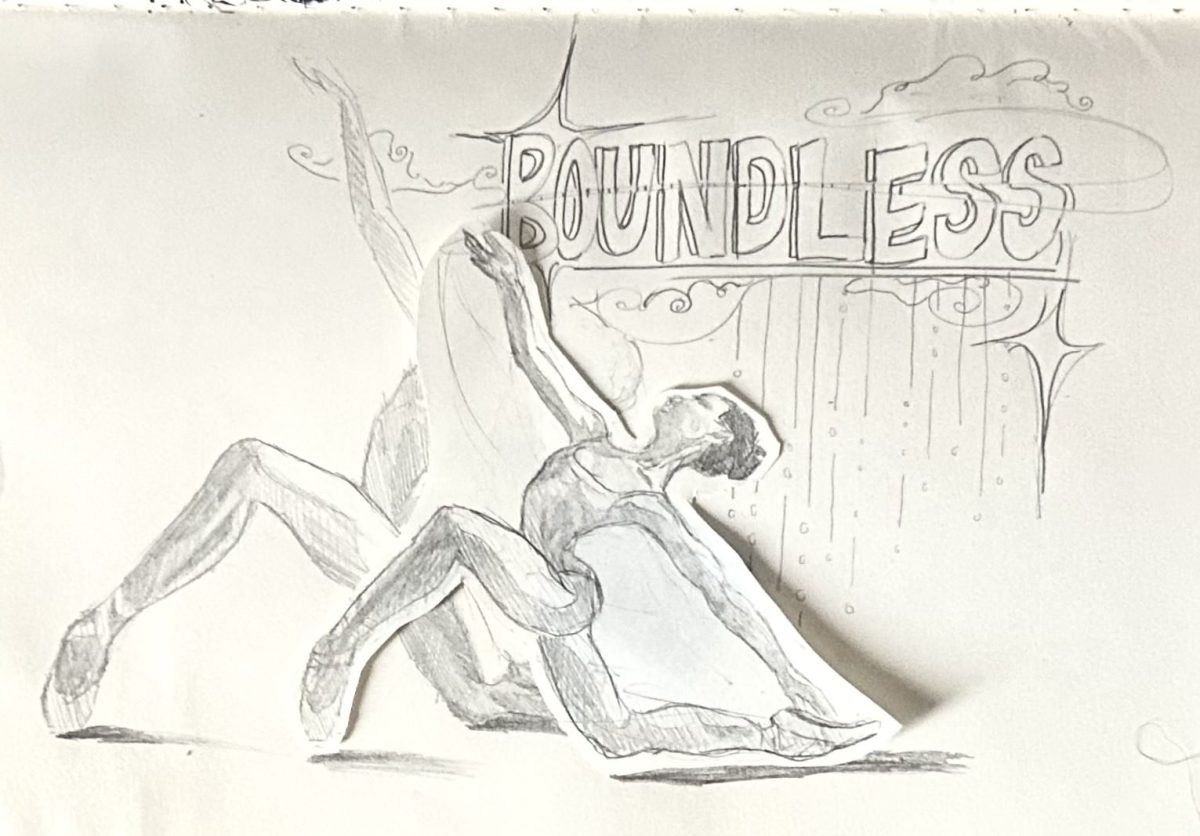One Morning Meeting during the 2021-2022 winter sports season, an announcement from the girls water polo team generated little applause, especially in comparison to a boys water polo team announcement just before. In response, Aquita Winslow, Dean of Library and Student Commons, made an announcement encouraging the student body to show equal enthusiasm for both teams.
Winslow’s announcement compelled me to examine and compare the support for boys’ and girls’ sports teams at Poly. I began by considering the role of the dance team.
There is no record of the games the dance team attends. However, sophomore Helen Vellanoweth said, “As a former member of the dance team, I found that many games we attended were boys’ games.”
Senior dance team member Grace Berger stated that football is the sport the dance team cheers for the most frequently; however, the dance team is not responsible for the lack of girls’ teams they cheer for, as the games they attend depend upon interest from the student body, a reflection of the size of the student section.
“As a performance team, we want to perform where there will be the most spectators,” explained Marianne Davis, the head coach of the dance team. Therefore, the dance team’s attendance at more boys sports than girls’ sports reveals that the problem stems from the Poly community. Girls’ sports simply do not generate as much attention as boys’ sports.
“From my experience, I have noticed that there is a lot of participation [of the student section] mainly at boys sports games at Poly,” noted Shamamian.
Vellanoweth agreed, “I definitely feel like boys’ sports get much more attention.”
One way to evaluate student section attendance is by comparing the most popular boys’ sports team to the most popular girls’ team. The Poly Athletics Department does not track exact student attendance at games, matches, and meets. However, Director of Athletics Steve Beerman estimated that the boys’ team with the largest student section is football.
“Last year at a league football game that was played on Friday night, we would have about 100 to 150 kids,” Beerman said. In comparison, Beerman approximated that volleyball, the girls’ team with the largest turnout, receives about half as many spectators.
“At the girls volleyball game at Flintridge, I would say we had about 45 kids,” he stated. “When we have a home playoff game or when they play Mayfield, I think we’re in the 60 to 75 range.”
This lower attendance is in spite of the fact that the girls volleyball team is ranked in Division 4, while the football team is ranked in Division 12.
In comparing the sizes of student sections at boys’ and girls’ games of the same sport, Beerman approximated that boys basketball games generate larger audiences than the girls’. The same is true of boys baseball games in comparison to girls softball games. Beerman shared, “The amount of students that watch a baseball game is maybe in the 10 to 15 range, and if you take softball, it would be closer to the 5 to 10 range.”
The gendered disparity of sports game attendance at Poly mirrors the nationwide pattern of lower support for girls’ and women’s athletics. The Women’s Sports Foundation released a report commemorating the 50th anniversary of Title IX, a 1972 law that prohibits sex-based discrimination in public schools, including for sports funding. The report found that inequity continues to persist: “In 2019-20, male athletes received $252 million more in athletic scholarships than female athletes received.”
Disproportionate media coverage also contributes to a preference of male sports over female sports. A joint survey by USC and Pomona found that 95% of total television coverage focused on men’s sports in 2019. Furthermore, the 2021-2022 volume of “The Paw Print” featured 18 male-identifying athletes compared to just 12 female-identifying athletes. The Sports section ought to remedy this imbalance in this year’s issues.
All of us can help support female athletes by attending girls’ sports games as well as cheering equally for boys’ and girls’ sports announcements in Morning Meeting, as Winslow encouraged.
“The school and the students’ families should also try to encourage the student body to participate in the girls games,” suggested Shamamian.
“Hopefully, over time, girls’ sports will be just as popular as boys’ sports, and there will be more participation in the girls’ games.”
Davis concurred, “In my opinion, fans can enjoy games regardless of the gender of the athletes playing them. I hope, as we see changes in our society, that female athletes will get the respect they deserve.”
Now, after 50 years of Title IX, it’s high time for Poly to make this hope a reality.












